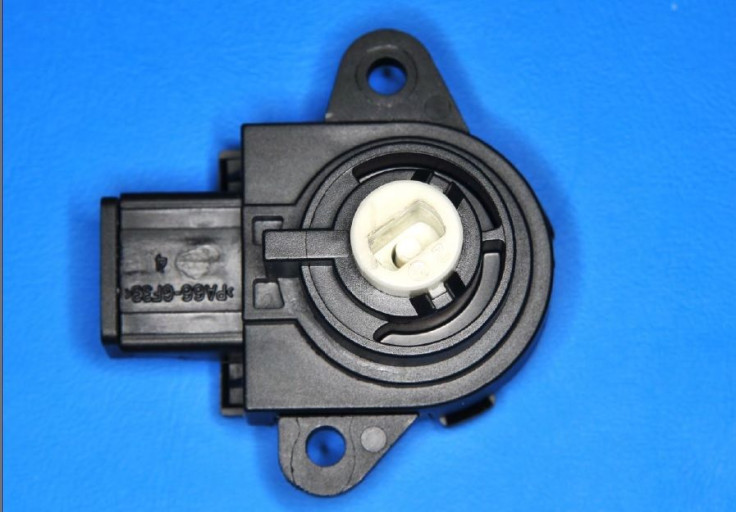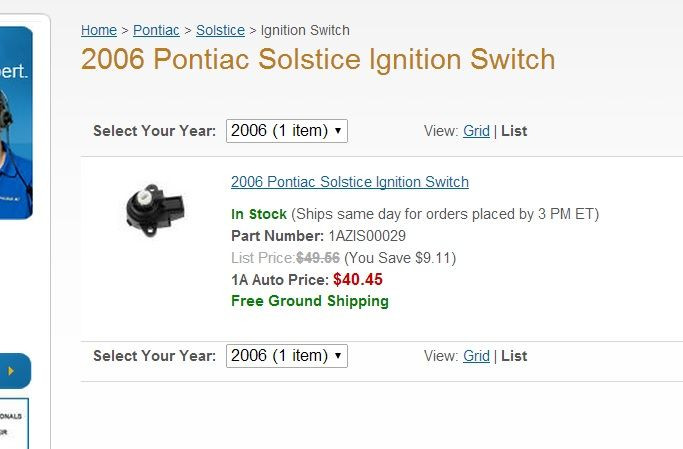GM Recall 2014: Could That Defective Ignition Switch Be Available In The Retail Market Unknown To Consumers?

Could GM’s faulty ignition switch be out there for sale in the marketplace, with consumers who take on their own auto repairs unaware?
It’s a distinct possibility, according to the Center for Auto Safety.
General Motors (NYSE:GM) is grappling with the fallout over how it handled an ignition switch design flaw that led to the recall last month of 1.6 million of its cars sold as far back as the 2003 model year and at least a dozen fatalities. GM said Wednesday it knew of the flaw as early as 2001.
But because GM kept quiet, even when it modified the part sometime in 2006 or 2007, third-party manufacturers making the component for the aftermarket might not have been aware they were copying the flawed part. This means consumers today cannot be 100 percent sure all of the available ignition switches out there for the cars involved in the recall are the right ones.
“If you were going to a franchised GM dealer today, I would feel confident you were getting the right part,” Clarence Ditlow, executive director of the 44-year-old Washington D.C.-based consumer rights organization, told International Business Times by phone on Friday.
But what if you’re ordering the part from an online retailer or local part supply outlet to do the repair yourself?
“You don’t know,” Ditlow added. “Hard parts can be copied and made because there is no intellectual property protection on them. The question is did they [third-party parts manufacturers] copy the bad design and who’s overlooking this?”

Hard parts differ from so-called craft parts that can hold intellectual property patents, such as BMW’s kidney-shaped front grills or the design of the Ford Fusion front bumper. Components like switches are typically not considered novel under the prior art principle in patent law, so they can legally be reproduced and sold by other manufacturers, who typically take the part used in a vehicle and reverse-engineer it to come up with their reproduction.
There are precedents for this problem.
In 1971, General Motors announced a recall of nearly 6.7 million Chevrolets made between 1965 and 1970 that had defective engine mounts that could cause the motor to fly upward into the hood if one of them failed.
“In the case of the Chevrolet engine mount, the aftermarket had copied the defective design,” said Ditlow.
Brake pads, too, have been produced by third-party manufacturers that copied flaws that were fixed by the original maker, says Ditlow.
One solution to the problem could be as simple as taking a cue from the food industry and putting a time stamp on the part. That way consumers would be able to see when the part was made and avoid parts that might have been manufactured before the public was made aware of a flaw.
Delphi Mechatronics, the National Highway Traffic Safety Administration and auto parts supplier NAPA did not return calls for comments. When asked, the Automotive Aftermarket Industry Association declined to comment on the issue.
The CAS released a report late Thursday saying 303 people died in accidents where airbags failed to deploy in the GM vehicles that were later recalled. Airbags could fail to deploy in the affected vehicles if the ignition switch fails to keep the key in the on position while the car is in motion. But GM says the CAS report doesn’t definitively conclude the deaths were linked to the flawed switch. Ditlow’s group says the airbag deployment failures should have initiated a defect investigation from the NHTSA long ago, regardless of the cause.
The recall involves six models: the Chevrolet Cobalt (2005-2007 model years), the Chevrolet HHR (2006-2007), the Pontiac Pursuit (2005-2006), the Pontiac Solstice (2006-2007) the 2007 Pontiac G5, the Saturn Ion (2003-2007) and the 2007 Saturn Sky.
© Copyright IBTimes 2024. All rights reserved.






















